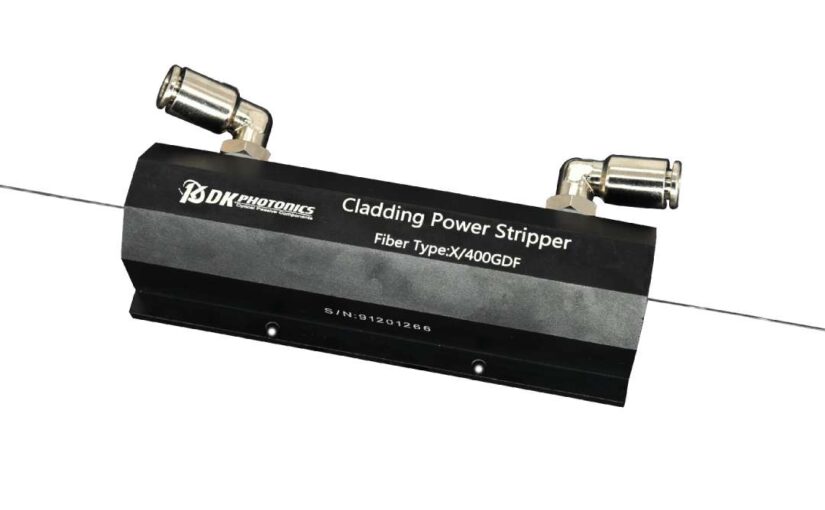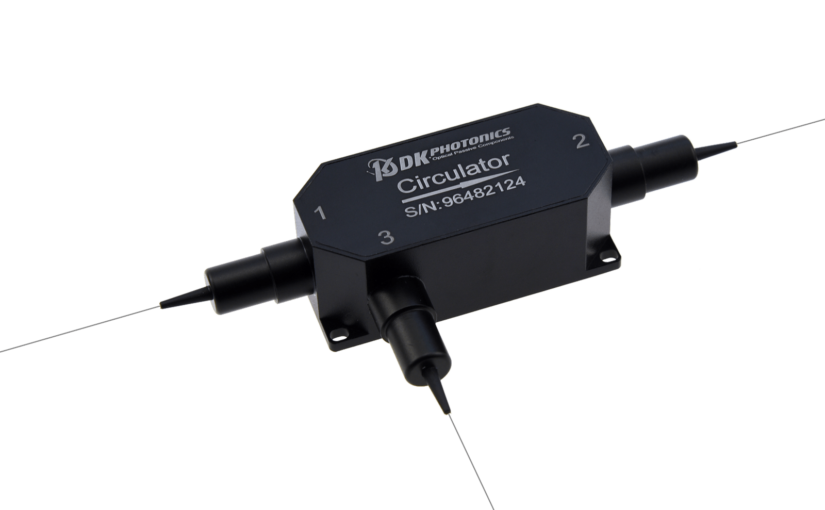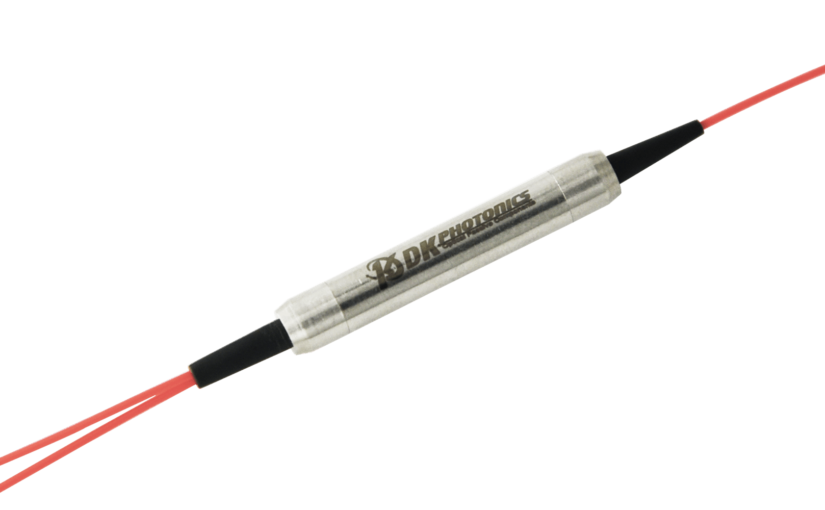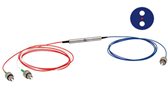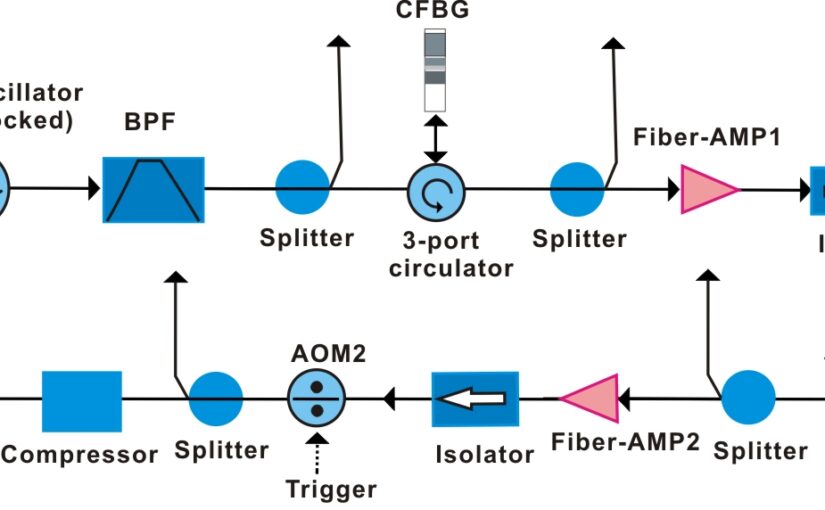Efficiency and precision are vital in industrial processes. As such, pump and signal combiners have become indispensable tools that seamlessly integrate into various setups. These devices optimize performance and streamline operations.
Let’s explore the diverse industrial applications of pump and signal combiners and how they enhance productivity and reliability.
Enhancing Industrial Processes with Pump and Signal Combiners
Improving Pumping System Efficiency
Industrial facilities depend on complex pumping systems to manage fluids. Pump and signal combiners significantly improve the efficiency of these systems. By intelligently combining pump signals, the devices ensure balanced pump workloads, preventing overloading and optimizing energy use. This reduces downtime and maintenance costs while enhancing reliability.
Furthermore, the combiners provide real-time pumping data through their integrated monitoring capabilities. This allows operators to identify performance issues early and take preventative measures. With constant feedback on flow rates, pressure variances, and more, facilities can maximize uptime.
Precision in Chemical Processing
Precision is critical in chemical manufacturing. Pump and signal combiners enable precise control over pumping rates and chemical ratios. This ensures product consistency and quality while minimizing waste. Consequently, these devices promote economic and environmental sustainability.
In particular, the combiners improve the blending and dosing of ingredients. By maintaining optimal concentrations and homogeneous mixtures, they reduce batch failures. This results in higher yields and avoidance of costly disposal requirements. The integration capabilities also allow seamless communication with process control infrastructure.
Streamlining Water Treatment Processes
Water treatment plants provide clean and safe water. Pump and signal combiners optimize the distribution of purification chemicals. By precisely controlling dosing, the combiners enable efficient treatment processes. This ensures regulatory compliance and water quality integrity.
The combiners also provide automation and control over filtration, clarification, and disinfection stages. This enhances the capability to handle large daily volumes efficiently. With connectivity to external sensors, the devices can auto-adjust parameters for optimum treatment under varying conditions.
Integration with Manufacturing Automation
Industry 4.0 has led to increased manufacturing automation for efficiency and precision. Pump and signal combiners integrate seamlessly into these environments. They synchronize various processes, whether controlling material flow, managing cooling, or optimizing pressure. The combiners improve automated manufacturing efficiency and reliability.
Furthermore, the intelligence and data handling capacities allow combiners to connect with IIoT infrastructure. By gathering system diagnostic information, the devices feed into predictive analytics platforms. Thus, combiners become integral components powering proactive and adaptive manufacturing processes.
Enhanced Oil and Gas Exploration Performance
Oil and gas exploration demands sophisticated equipment. Pump and signal combiners improve pumping system performance in oilfields. By efficiently managing signals, these devices enable precise extraction, reducing risks and boosting productivity.
Additionally, combiners integrate stimulation jobs by aligning pumping rates, optimizing wellbore pressures, and enabling remote automated field control. This improves recovery rates and provides actionable performance data to guide operations.
Conclusion
Pump and signal combiners have diverse and impactful industrial applications. The devices enhance efficiency, ensure process precision, and enable complex system integration. As industries continue evolving, combiners will play an integral role in shaping industrial automation and optimization. With their reliability and intelligence, these tools are undoubtedly indispensable for heavier industries looking to streamline.



